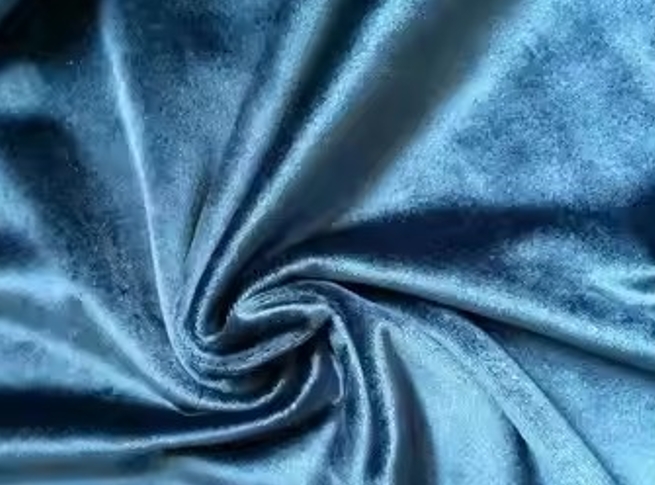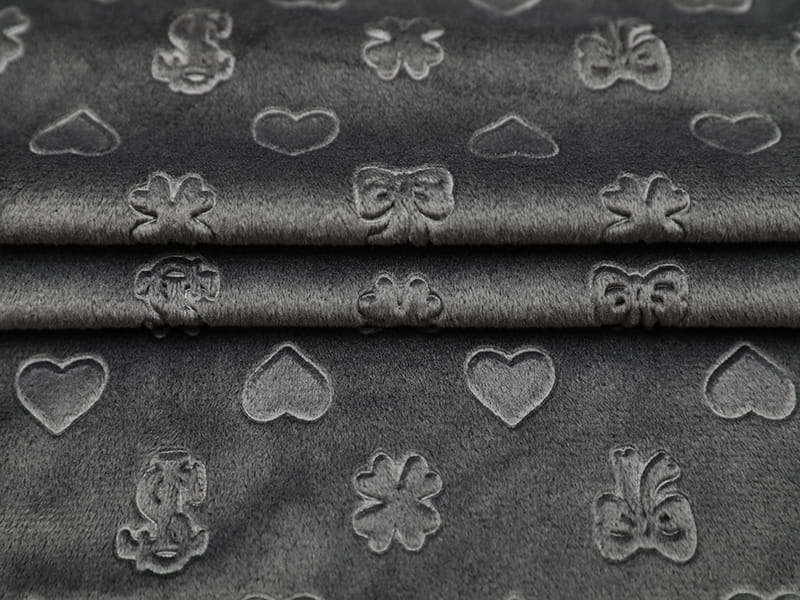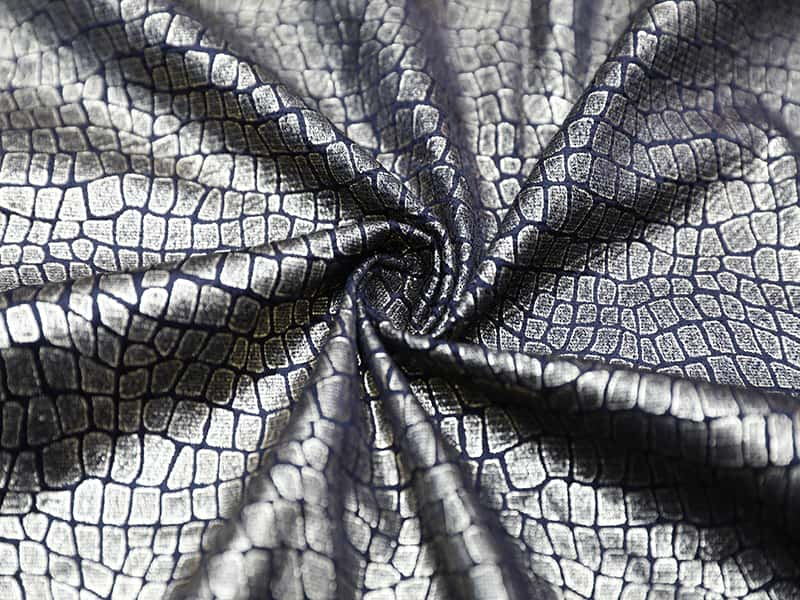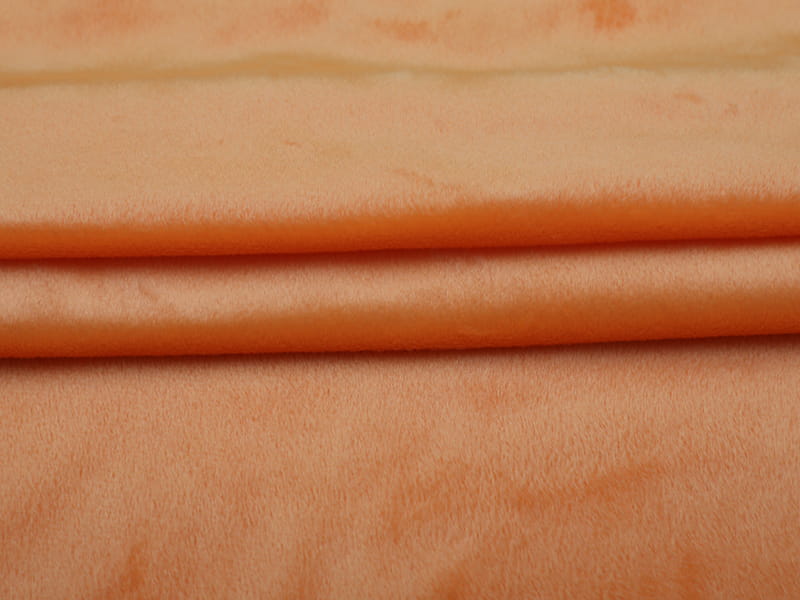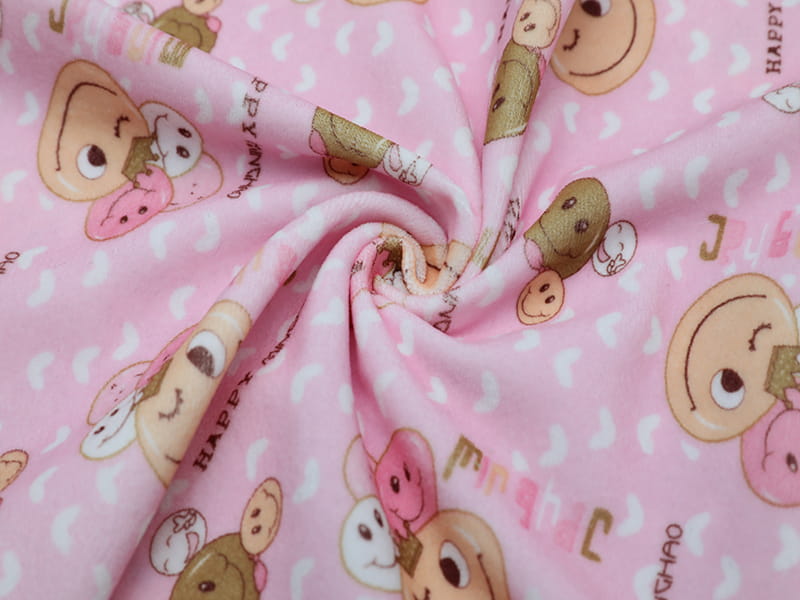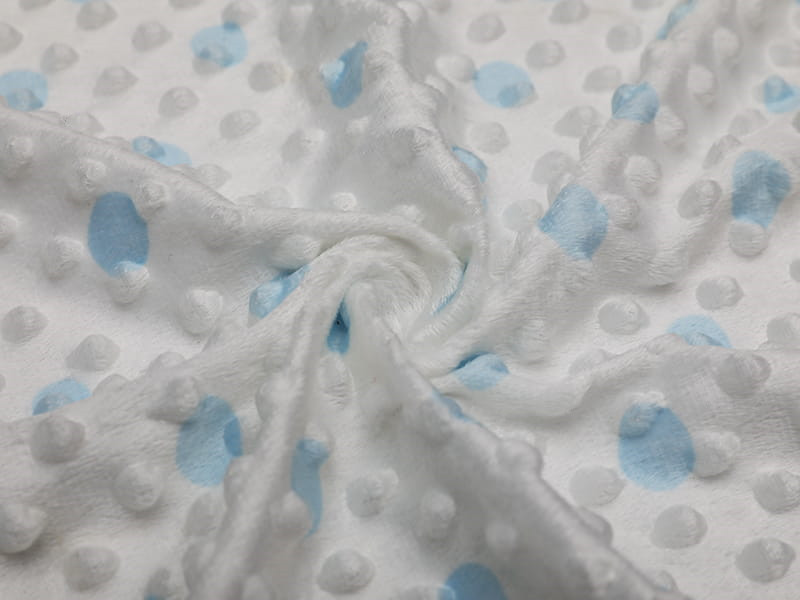Plush toys, often affectionately referred to as stuffed animals or soft toys, have been cherished companions for people of all ages for centuries. One of the critical elements contributing to the cuddliness and appeal of these toys is the fabric used in their construction. The choice of
plush toy fabric plays a pivotal role in determining the overall feel, durability, and aesthetic appeal of the final product.
The most common fabric used for plush toys is polyester. Polyester plush fabric is known for its softness, resilience, and affordability. It is a synthetic material that can be easily manipulated to achieve various textures, from short and velvety to long and shaggy. Polyester plush provides a luxurious and huggable feel, making it a popular choice for creating cuddly and comforting toys.
The manufacturing process of polyester plush involves weaving or knitting the fibers into a fabric and then shearing or cutting the loops to create the characteristic soft pile. The result is a fabric that mimics the fur or hair of animals, giving plush toys a lifelike appearance. Polyester plush is also resistant to wrinkles and shrinking, ensuring that the stuffed animals maintain their shape and softness over time.
Cotton is another natural fiber that is occasionally used in plush toy fabrication. Cotton plush toys have a different feel compared to their polyester counterparts. Cotton provides a breathable and absorbent quality to the fabric, making it a suitable choice for infants and toddlers. However, cotton plush toys may not be as resilient as those made from polyester, and they may require more careful handling to maintain their shape and appearance.
Velvet is a luxurious and soft fabric that is sometimes used in high-end plush toys. Velvet plush toys have a rich and elegant appearance, making them popular as collectibles or gifts. The smooth and dense pile of velvet adds a unique tactile experience, and the fabric has a natural sheen that enhances the overall visual appeal of the plush toy.
Faux fur is yet another option for plush toy fabric. Made from synthetic fibers designed to imitate the look and feel of real animal fur, faux fur adds a touch of realism to plush toys. It comes in various lengths and textures, allowing for the creation of toys with different animal-inspired designs. Faux fur is often used in combination with other materials to achieve a more diverse and visually interesting plush toy.
In recent years, plush toys made from sustainable and eco-friendly materials have gained popularity. Some manufacturers use recycled polyester or organic cotton to create plush toys with a reduced environmental impact. These eco-conscious choices appeal to consumers who are increasingly aware of the importance of sustainable practices in manufacturing.
In conclusion, the fabric used in plush toys is a crucial factor in determining their appeal, comfort, and durability. From the soft and resilient polyester to the luxurious feel of velvet and the eco-friendly options, the choice of fabric contributes significantly to the overall design and quality of plush toys. Whether for children or adults, the right plush toy fabric enhances the joy and comfort that these lovable companions bring into our lives.

